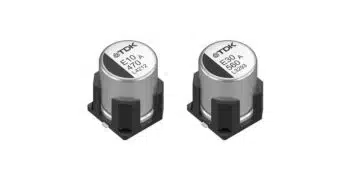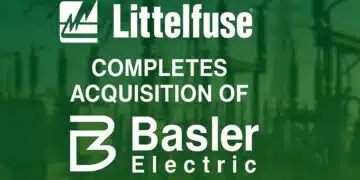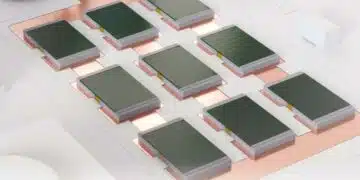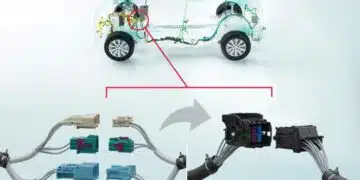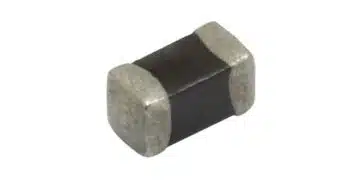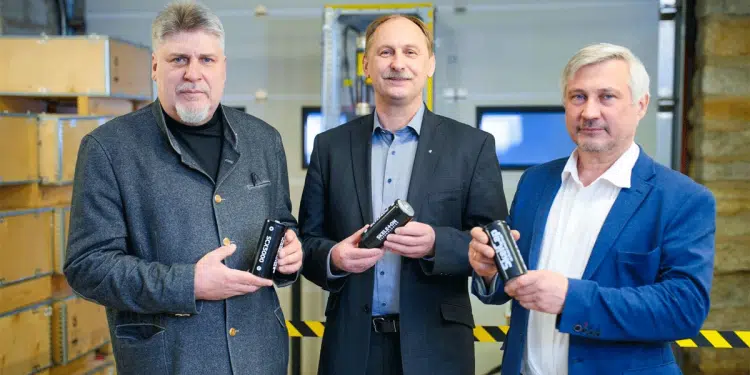The European Patent Office (EPO) announces that Skeleton scientists Jaan Leis, Mati Arulepp and Anti Perkson have been nominated for the European Inventor Award 2022 for the development of curved graphene material for supercapacitors.
Curved graphene significantly enhances the power and energy density of our supercapacitors.
“The technology developed by this Estonian team can help our transition away from fossil fuels by improving the performance of alternative energy sources,” said EPO President António Campinos, announcing the finalists. “Their success is built upon twenty years of incremental breakthroughs, and highlights how continuously investment in innovation can advance an entire industry such as energy storage.”
Our three scientists are one of three finalist teams in the “Industry” category of the Award, which recognises outstanding inventors in commercially-successful technologies patented by European companies with more than 250 employees and an annual turnover of more than EUR 50 million. The winners of the 2022 edition of the EPO’s European Inventor Award will be announced at a virtual ceremony on 21 June.
Leis, Arulepp and Perkson began to think about how carbon and graphene could be improved to deliver better energy performance in capacitors while working at the research institute Tartu Technologies in the late 1990s. At the time, carbon material (usually woven as a carbon cloth) was being used for supercapacitor technology, but the material had large pores, which meant its energy density was low, making it energetically inefficient.
The three researchers wanted to tailor-make a carbon material which could provide a better energy density. They began to experiment with carbide (a compound composed of carbon and a metal) alongside carbon powders and different methods to see if the energy density, homogeneity and purity could be improved. Each new improvement was documented in a patent application, with the first one being filed in 2001.
“We have always had this idea that when we develop something in the lab, it has to have real value,” says Leis. “This is a big difference from scientific articles – you always find something new, but is it applicable to real life?”
The trio also researched ways to engineer graphene (a single layer of carbon atoms) to have a consistent pore size, turning it into a more efficient electrode material by improving how the electrolyte ions fit within the pores. This led them to optimise the curved graphene now used in their ultracapacitor electrodes.
Leis and Perkson co-founded Skeleton with Taavi Madiberk and Oliver Ahlberg to commercialise this invention and continue to fine-tune their curved graphene technology.
We want to congratulate them for this nomination, thank the EPO and the scientific community for this recognition, and we strongly hope they will win this award!




